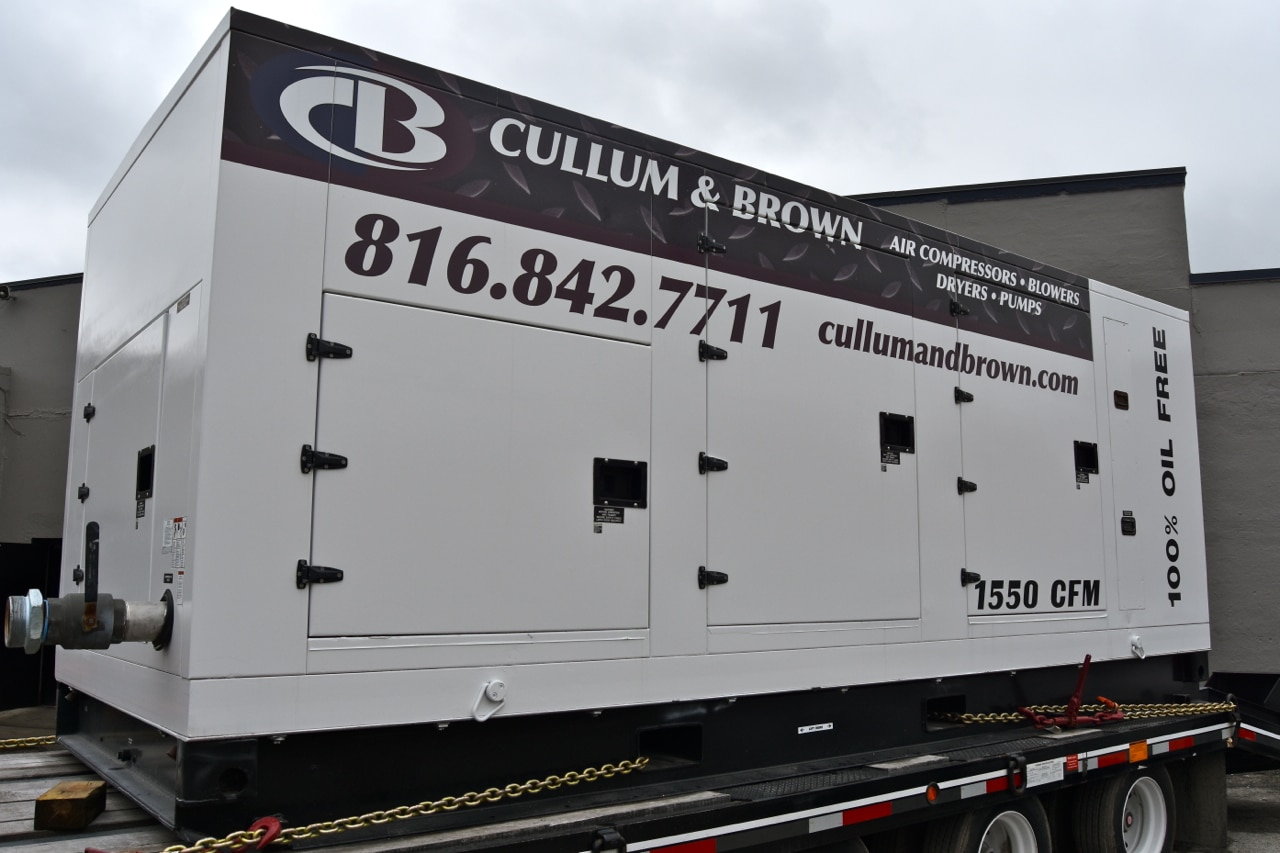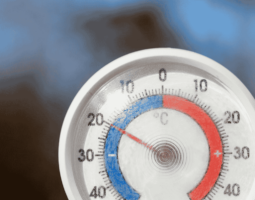As temperatures rise and production demands increase, summer becomes a high-risk season for compressed air systems. Heat and humidity place additional strain on compressors, dryers, and filters, raising the chances of performance loss, moisture buildup, or unexpected failure. For facilities that rely on steady, uninterrupted air delivery, even a short disruption can lead to lost productivity and unplanned repair costs.
Remote monitoring offers a proactive way to avoid these issues. With real-time system visibility, automated alerts, and long-term performance tracking, you can detect and correct problems before they escalate. At Cullum & Brown, we provide remote monitoring solutions that help you stay in control during the most demanding months of the year.
Why Compressed Air Systems Are Vulnerable in Summer
Compressed air systems face multiple challenges during warmer months. Higher ambient temperatures reduce cooling efficiency and increase the likelihood of overheating. Warmer air also holds more moisture, which leads to higher condensate levels, straining dryer systems and risking corrosion or air quality issues. At the same time, many facilities experience increased production loads, causing compressors to run longer and work harder, especially if they haven’t been adjusted for seasonal conditions.
Without visibility into system performance, it’s easy for these stressors to go unnoticed until a shutdown occurs. That’s where remote monitoring makes a measurable difference.
What Remote Monitoring Does
Remote monitoring tracks the vital health indicators of your compressed air system in real time. Key metrics — such as pressure, temperature, flow rate, dew point, and energy consumption — are collected and transmitted to a secure platform you can access via computer or mobile device. If something goes outside of your defined limits, you receive an automatic alert so you can respond quickly.
This live data enables you to spot inefficiencies, correct imbalances, and schedule service at the right time. During high-demand seasons like summer, having these insights helps prevent costly surprises and supports smarter, safer operations.
Benefits of Remote Monitoring in High-Demand Conditions
With summer posing an increased risk, remote monitoring offers timely advantages for keeping your system efficient and dependable:
-
Early detection of performance issues, including temperature spikes, pressure drops, and rising moisture levels
-
Automatic alerts that allow you to address concerns before they lead to unplanned downtime
-
Full system visibility across one or multiple compressors, including usage trends and load distribution
-
More effective preventative maintenance planning based on actual usage and condition, not fixed intervals
-
Energy savings through optimized runtime, reduced offload time, and better load sharing between units
-
Reduced emergency repairs and lower overall service costs by addressing problems early
How Cullum & Brown Supports Remote Monitoring
Cullum & Brown delivers remote monitoring solutions that integrate with leading platforms like Gardner Denver’s iConn and ESP 1000 Compressed Air Management System. Whether you operate a single compressor or manage multiple systems across different locations, we provide the tools and support to monitor performance in real time and respond when it matters most.
Our monitoring solutions are backed by 24/7 support from factory-trained technicians. If your system triggers a warning or needs service, our team is ready to help, day or night. We can also work with you to use data insights from your monitoring platform to fine-tune operations, identify opportunities for efficiency improvements, and extend the life of your equipment.
If your compressed air system isn’t equipped with remote monitoring or if you’re not using it to its full potential, now is the ideal time to make a change. Contact Cullum & Brown to schedule a system evaluation or learn how our monitoring solutions can help you stay ahead of heat-related issues, prevent downtime, and maintain peak performance throughout the summer.

